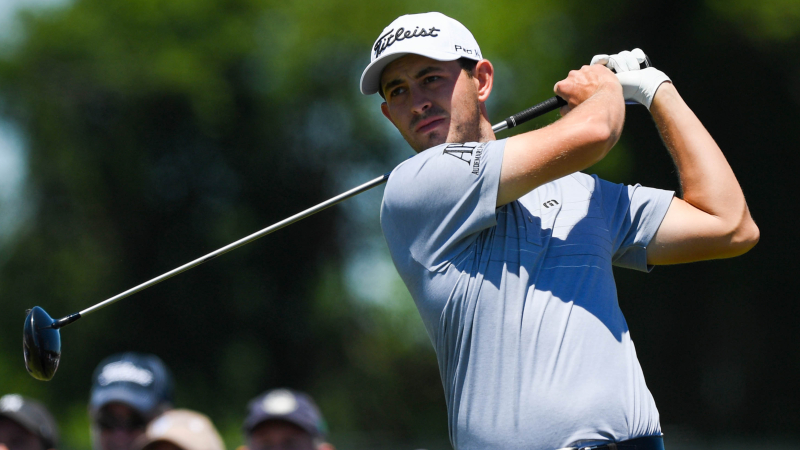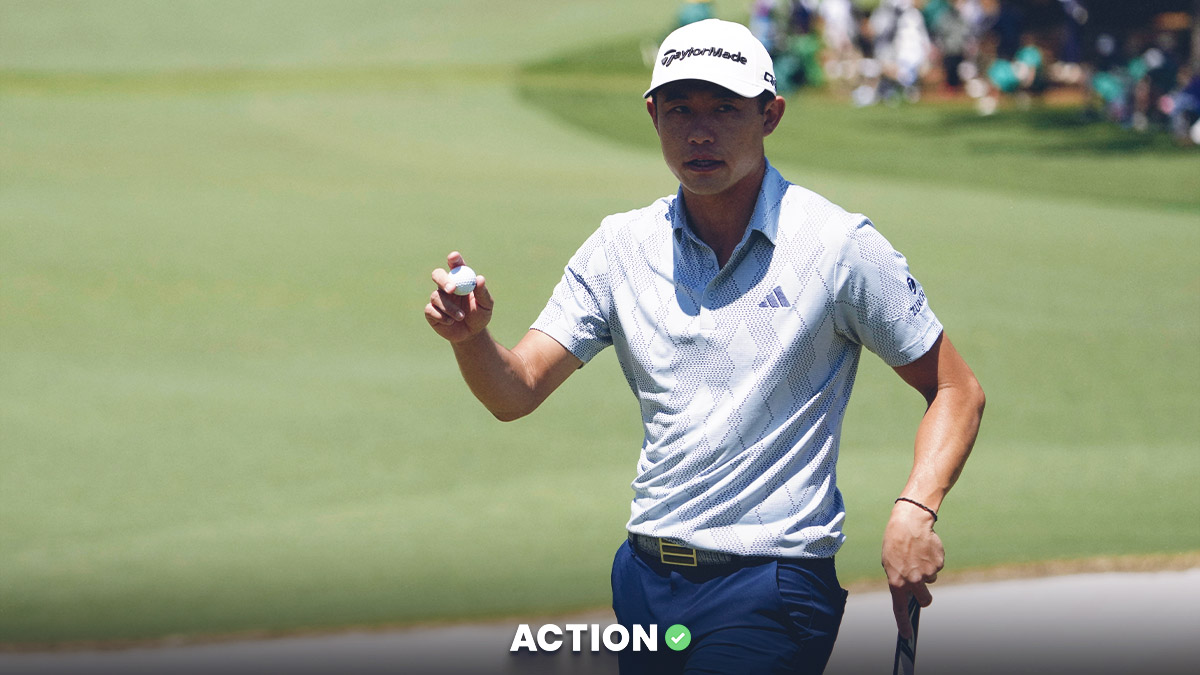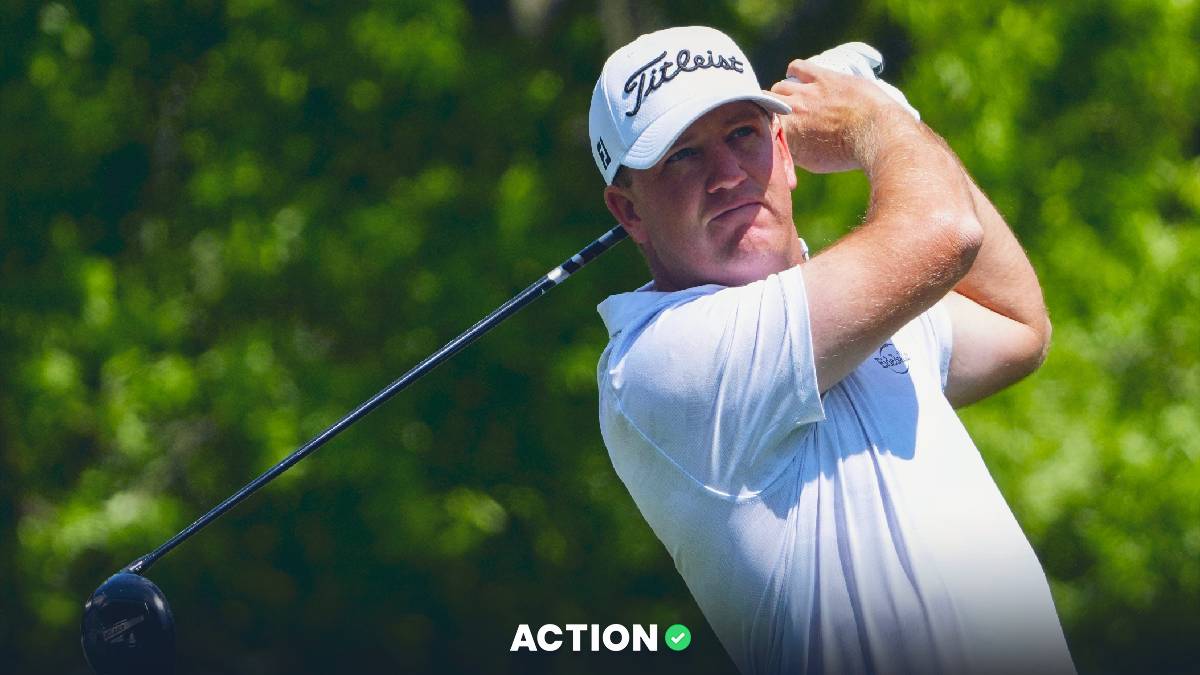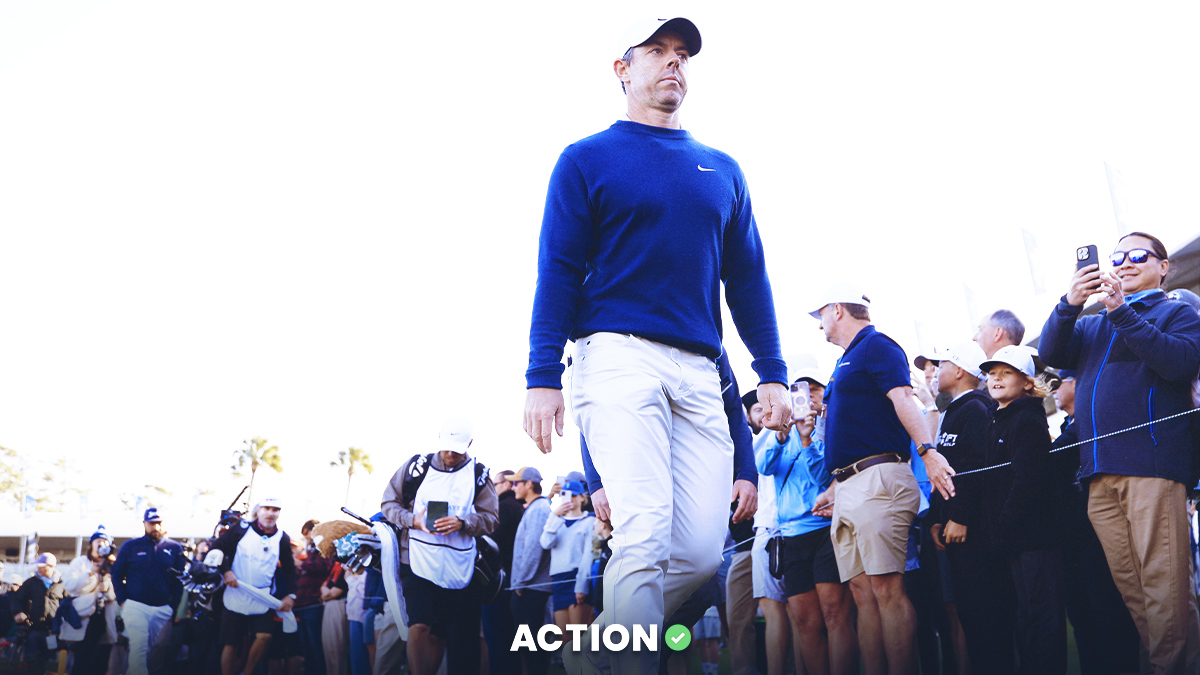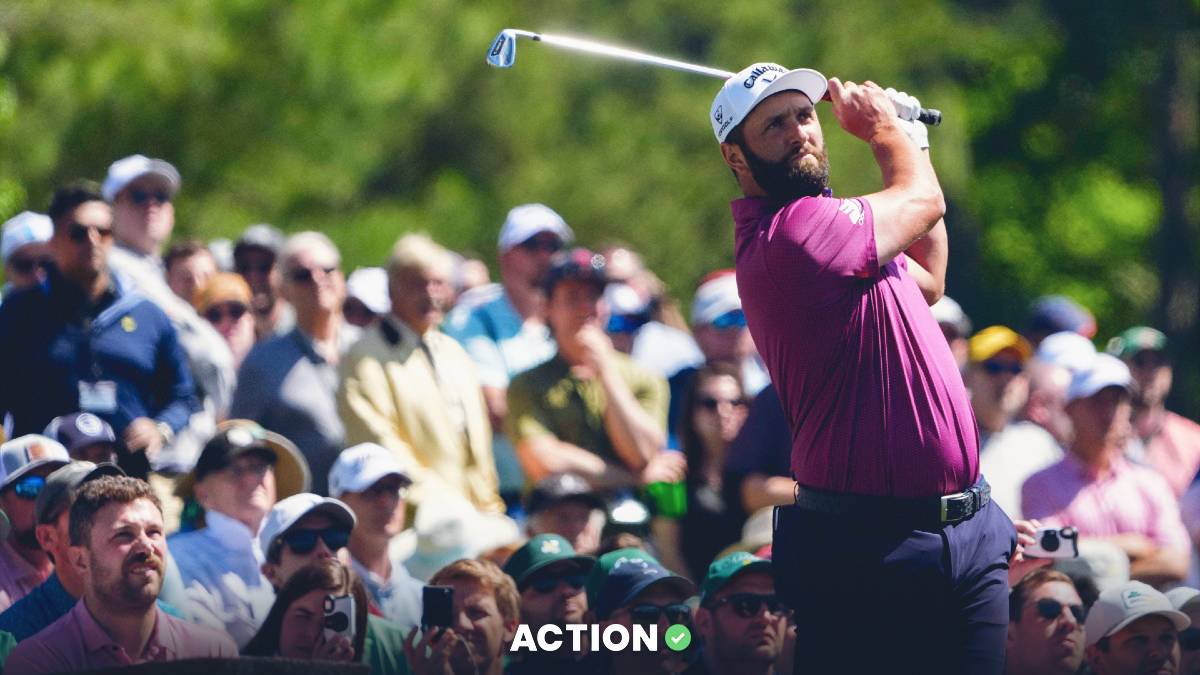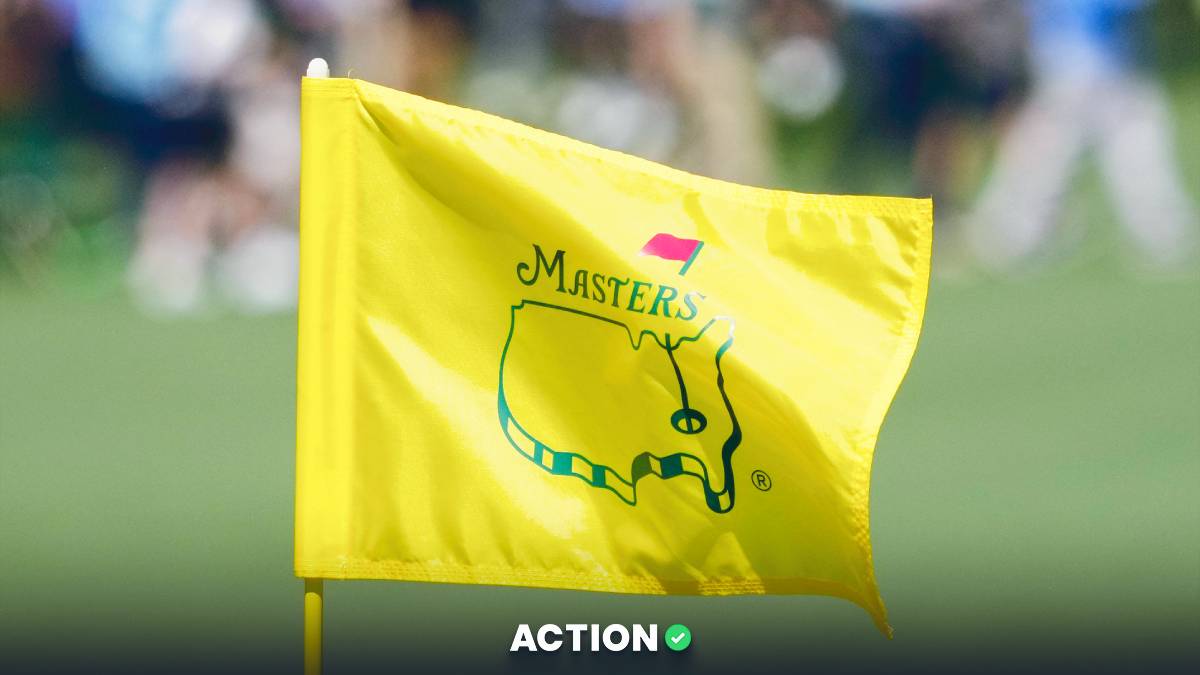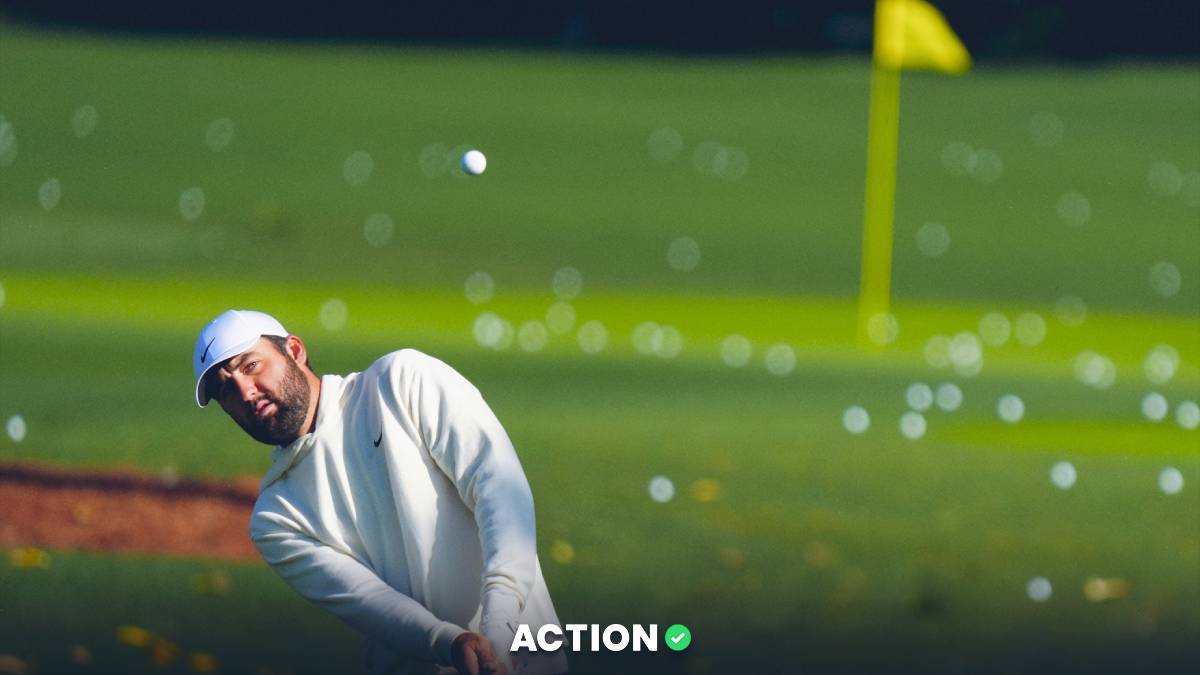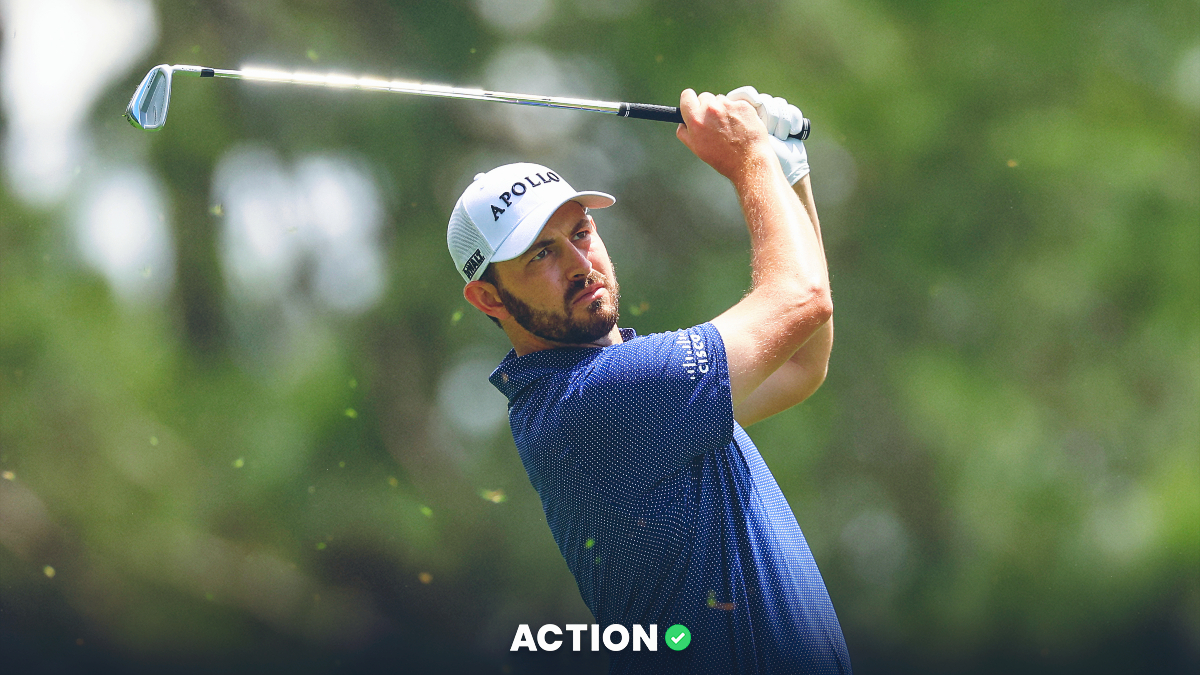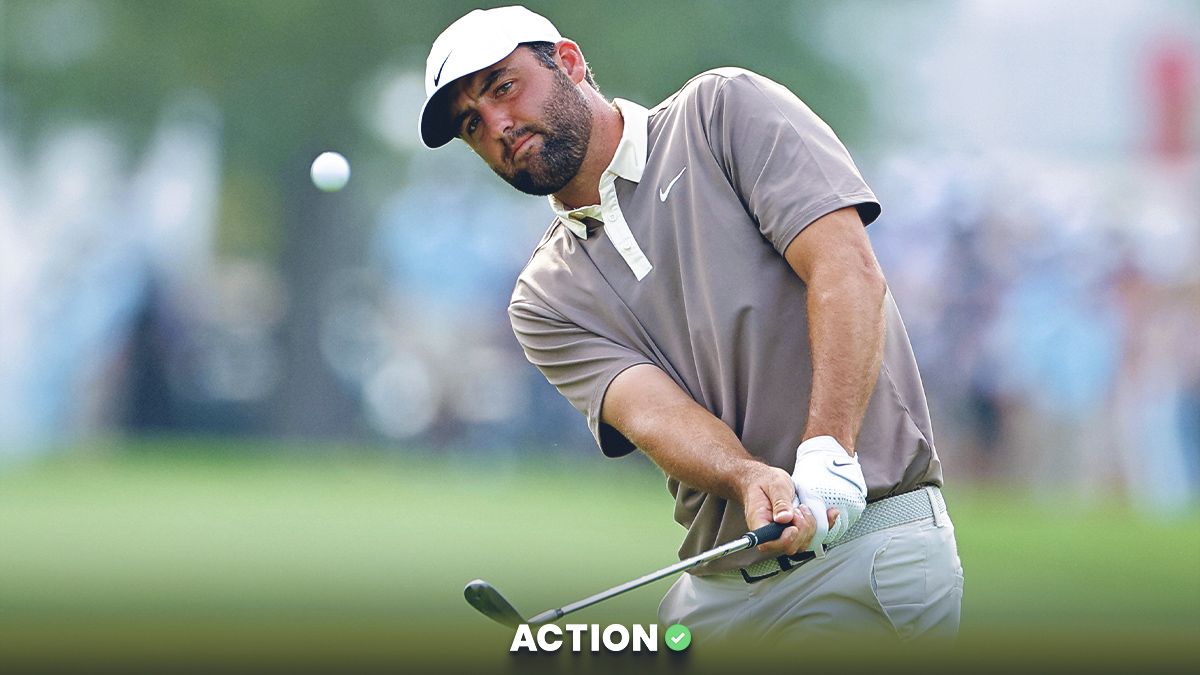At golf majors, fields are obviously full of the best players in the world. And while odds adjust in response to the talent level, do they adjust enough? Dustin Johnson, for example, is currently 12-1 to win the British Open next week. Is that enough of a move down given the field's strength? Where's the best betting value when the field is that strong?
To dive into these questions, I'm going to use our proprietary metric here at The Action Network, Adjusted Round Score. It is defined as the average adjusted strokes per round over the past 75 weeks; adjustments are made to account for the difficulty of courses and strength of fields. It's probably the best catch-all metric in the industry, and it rises above something like Strokes Gained because it can include all results from all tours around the world. The lower the player's Long-Term (past 75 weeks) Adjusted Round Score, the better the golfer. No surprise: DJ has the best score leading into the British.
Download The Action Network App to track all of your golf bets.
I won't get into the nitty gritty, but basically I used Long-Term Adjusted Round Score to regress and predict what a player's odds should be given the rest of the golfers in the field. The field is important: DJ is the best golfer, but the difference between him and the 10th-place golfer isn't as large as it would be in a lesser tournament. In the following table, I put each golfer's true odds (via Westgate SuperBook), predicted odds and the percentage difference between those.
The Studs Are Likely Overvalued in the Market
The thing you'll likely notice right away is that the top players are overvalued relative to the field. Given the caliber of talent, DJ, for example, isn't a big enough favorite in Long-Term Adjusted Round Score to warrant +1200 (12-to-1) odds for the British Open. His mark would put him around +1600 (16-to-1). Similarly, Jordan Spieth, whose LT Adj Rd Score has dropped due to up-and-down play over the past year, is being overvalued with his +1600 odds to win, even though he did hoist the British Open championship just last year.
However, it's not all doom and gloom for the elite golfers. Paul Casey actually owns the second-best LT Adj Rd Score in the world, yet he's below the top tier at the British Open with +3000 odds to win. His overall play suggests he should be right behind DJ with around +1900 odds to win.
The Mid-Tier Boasts the Best Values According to Adjusted Round Score
But the best values are in the mid-tier, as some golfers who are incredible players and are often even favored in lesser tournaments have very low odds to win. Patrick Cantlay, for example, has a top-10 LT Adj Rd Score in the world, but he's just +8000 to win. For reference, he has the same LT Adj Rd Score as Jason Day, who is +2500 for the British. Likewise, Tony Finau, who was a PGA Tour favorite at an event last month, has a top-10 LT Adj Rd Score but just +6000 odds to win. That's an incredible value.
But it's still not the best value. That belongs to the true mid-tier — guys like Pat Perez, Brendan Steele, Chez Reavie, Luke List and Russell Henley. Those guys all have excellent LT Adj Rd Scores and the talent to win, but they aren't highly valued in the betting market. Given Pat Perez's solid 69.2 LT Adj Rd Score and the dynamic of the field, he should be much higher than his +25,000 odds. Luke List should be much higher than his +20,000 odds — again, at least given how his LT Adj Rd Score compares to the field.
Potential Flaws of This Analysis
One criticism of this type of analysis is that LT Adj Rd Score doesn't properly account for a player's "upside." However, I'll steal a graphic from an article written a couple years ago by fellow Action Networker Colin Davy, the inventor of Adjusted Round Score. He looked at the correlation between GPP success (a fantasy term, but essentially "upside") and a variety of metrics:
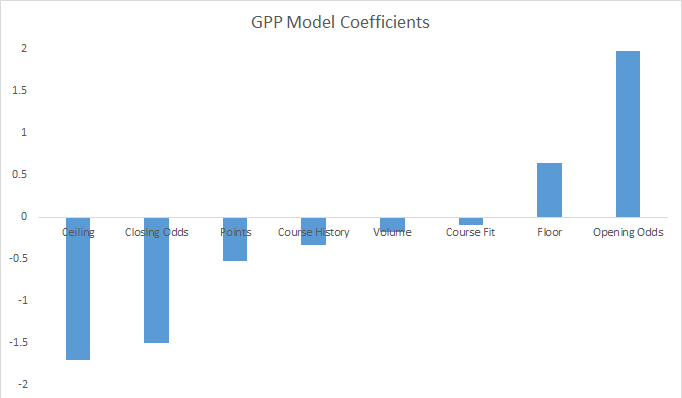
Here were his notes: "Ceiling came up as a negative coefficient as well in the previous study, so I’m open to the possibility that ceiling (defined as percent of tournaments where the player exceeds 125 percent of expected points) is correlating with some other unknown player property that’s a negative indicator of success. As for upside, it’s now an open question if it’s a real and repeatable player property. If it is, all signs are pointing to the need for a more advanced metric than ceiling as I have constructed it." Upside is very hard to measure.
A couple other flaws with this type of analysis: First, odds to win the British shouldn't be solely based on a metric like Long-Term Adjusted Round Score. It's links-style golf, and certain players are better suited for that than others. Second, the top golfers are considered similar to each other in LT Adj Rd Score because of the terrible golfers in the bottom half of of the field. In simpler terms: If I eliminated the bottom 70 golfers or so from the study, DJ's top score would be "worth more" relative to the field than it currently is.
And finally, I'm admittedly skeptical a simple regression can capture the difference between players: For example, a 0.1 difference in Long-Term Adjusted Round Score may be worth way more than an extra x percentage to win that my data suggests. It's probably worth a study to try to quantify exactly that question at some point. This piece is more about the betting market and how the mid-tier is undervalued relative to its talent.
Target Mid-Tier Golfers, Especially in Top-25 Odds
All that said, I think this is still a worthwhile thought process and confirms that it is quite difficult to grind out a long-term ROI by betting players to win tournaments, and I think that's especially true in majors with how loaded the fields are. While this study may oversell the mid-tier, it may properly sell their value in certain odds, like placing in the top 10 and top 25, especially since those odds for a player are generally correlated (i.e., Charles Howell's to-win odds are likely in line with his odds to place in the top 25). The best value for a major may be to take some shots on undervalued players in the mid-tier to place within the top 10 or top 25.


